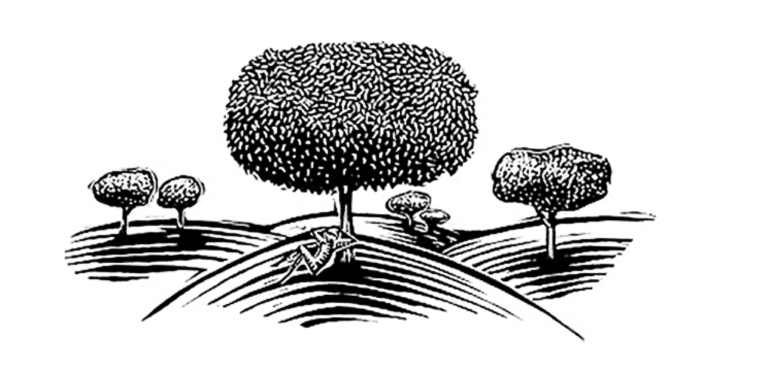THOUGH I LIVE on Seattle’s Puget Sound, I am truly connected to the waters around me only when I’m reading a menu that names the local bay where my appetizer was harvested. I love mussels and oysters—pretty much any bivalve that can be covered in garlic butter and wine or dipped in a tangy spicy sauce seems perfect to me. But except for an occasional ferry crossing to one of the nearby islands, when I scan the water for our local orca pods, I rarely venture into the Sound.
From my perch in a Pike Street restaurant, I can see that delicate estuary that gives my life a postcard feel as the sun sets and the water shimmers blue in the fading light. Because of its beauty, it is easy to believe that nothing is amiss here. As I pry open the mussels’ black shells and enjoy my ocean view, I feel one with seagulls overhead—their gritty squawking, their arched white wings bringing the scent of saltwater and low tides to mind as I eat.
Wild and human food webs are inextricably bound together in this city environment. In one of the most spectacular wildlife moments I have seen, screaming gulls and crows fought midair for the greasy remains of French fries in a bag. Until I saw it happen, it never occurred to me that the gulls’ adaptability to urban life meant they would go so far as to eat an entire plastic bag.
Mussels and oysters ingest plastic too, once it has degraded into particles less than a millimeter wide. The microplastics they consume originate as skin-smoothing abrasives in facial and body scrubs as well as from larger items, including Styrofoam “clamshells.” Oysters and mussels are filter feeders, so whether plankton or plastic, what they suck in with the water column gets incorporated into their bodies.
My tongue has not yet been able to discern cosmetics in my curried mussels or plastic pearls in my oysters, but in 2013 researchers in Belgium at Ghent University found that microplastics are present in food consumed by humans. The study showed that some Europeans eat as many as eleven thousand plastic particles per year. Coastal Salish tribes, Asians, and Asian Pacific Islanders in Washington State, and all who eat lots of fish and seafood, like I do, may also be consuming more microplastics than others. The potential risks for human health have not been studied. We don’t tend to think of plastics as part of our diet, but by the time they make it to our plates, it’s hard to say they haven’t become part of our food web.
I wasn’t worried about health risks from consuming plastics when I ordered that bowl of mussels after twenty-seven days of camping; I just wanted to savor them. As I opened the last shell, I found that a quarter-sized sea star had eaten the mussel first. Its teeny purple body was caught in the act and served to me with what remained of its bivalve prey. Delighted by this beautiful and indisputable gift of connection to the ocean’s web, I saved the sea star in my fridge as long as I could—joyful proof that what that connection looks like is up to us.



Comments
I’ve heard so much about micro-plastics recently and it’s made me look at the contents of my cupboard a bit more carefully. I must have unwittingly bought so many creams and scrubs with plastic it in it – I imagine we’d think twice about it if it was made clear in the ingredients. It makes me think, what is the point of half of these products? Do we really need so much STUFF to clean and smooth and rejuvinate our bodies? As for the plastic in the water, since moving to Mallorca, I’ve felt devastated by the amount of it floating about in small flakes. Being in London it was much easier to accept the rubbish as part of city life. When you’re close to the sea it really hits home that, as Greenpeace’s slogan has been saying, when you throw something ‘away’, there really isn’t an ‘away’. Anyway, I enjoyed reading your post even if it makes me feel a little gloomy!
Mahalo (thanks) for this story. I would love to see the full reference/citation to this research at Ghent University. Can you please share this with readers?
Hi Megan, I hope this helps. More info was released this week about the work to remove this type of pollution.
a gentle scrub with a loofa and products I feel better about helps. I use the web site safecosmetics.org
Microplastics in bivalves cultured for human consumption
Lisbeth Van Cauwenberghe*, Colin R. Janssen
Ghent University, Laboratory of Environmental Toxicology and Aquatic Ecology, Jozef Plateaustraat 22, 9000 Ghent, Belgium
Environmental Pollution
j o u r n a l h o m e p a g e : w w w . e l s e v i e r . c o m / l o c a t e / e n v p o l
Please Note: Before submitting, copy your comment to your clipboard, be sure every required field is filled out, and only then submit.